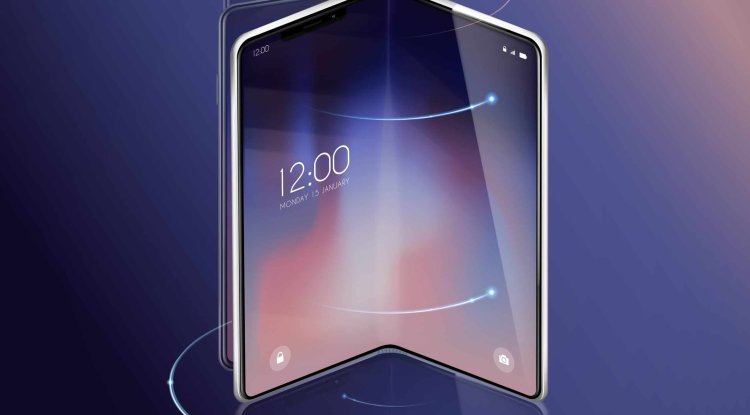Ten tips to improve the autonomy of a laptop

The autonomy of an electronic product is a highly valued feature in an era of mobility in which we use a large number of devices everywhere and cannot afford to be "bound to a plug," which is not always available in all use sites.
The autonomy of cellphones has long been questioned, as has the autonomy of laptops, the greatest sellers among the wide group of PCs.
In recent years, the situation has (somewhat) improved. The advancement of the capacity and efficiency of the batteries in the latest generations of laptops, as well as the use of low voltage processors, solid-state drives for storage, new low power states, and improvements in the energy management of the latest operating systems, have made it possible having autonomy for a day of work without the need for additional batteries.
Despite the fact that batteries integrated into all goods have ended up forcing themselves, complicating user replacement, Computer manufacturers are paying a lot of attention to the autonomy section of their mobile devices, mindful of its relevance. Specifically for mobility experts, but also for all users. There is equipment specifically designed for it, such as ultraportables, Chromebooks, and others that, based on low-consumption ARM processors, can provide 12, 14, and up to 16 hours of autonomy.
How to improve the autonomy of a laptop
In addition to specialized hardware and software work, it is critical that the user themselves practices minimal equipment maintenance in a few basic tasks that can make a difference in preserving and prolonging autonomy. We'll remind you of them if you need them, which I'm sure you will because 'Murphy's Law' is frequently followed here: the more you need it, the more you run out of battery.
Battery life
The battery is undoubtedly the most significant component in this case, and before attempting to maximize its power, it is necessary to first verify its condition. There are free tools available to verify it, providing data on its charge and recharge cycles, capacity, temperature, age, or voltage.
Battery maintenance is essential
The battery is a consumable that will need to be replaced at some time, but proper maintenance can help extend its useful life before it jeopardizes our autonomy. One of the most important processes is calibration, which is a function that resets the load indicator so that it displays the right values.
Options for conserving energy
Controlling consumption is just as vital as keeping an energy store in good condition. All major operating systems include 'Power Options,' which allow you to customize a variety of parameters to control how a laptop utilizes its power. There are specific low-power modes that save a lot of power while also allowing you to boost autonomy when needed.
Display
This component, like in other devices such as cellphones, is by far the most power-hungry in a laptop. Reducing its brightness and/or contrast level using the 'Display' settings in the operating system control panels or the physical keys on the keyboard that many of them provide is a direct and strong technique to boost autonomy.
Networks and connectivity
Radio components are one of the items that consume power on a continuous basis. It will be tough to do without these possibilities in such a connected society, but if you don't need to connect to the Internet at any given time, enabling "airplane mode" can provide you with more energy to complete an essential task.
The Bluetooth module is another module that can be turned off to save battery life. Similar to the preceding point, albeit done through software, shutting off services such as network discovery or file and printer sharing on a regular basis is another way to save energy.
The CPU and GPU
There are portable computers, such as those used for gaming, that is designed to replace desktop computers and hence must always be plugged in.
However, many people assign our laptops to different purposes, and when it is not necessary and we are working on the go, we may arrange that the CPU runs at the lowest possible frequency or that the graphics subsystem utilizes the integrated one rather than the dedicated one. The NVIDIA Optimus function, which allows you to operate one or more GPUs depending on the work at hand, is an example of management.
Drives and peripherals
Do not leave SD memory cards or USB flash drives placed in their respective locations after they have been used. They will raise consumption while decreasing autonomy. The same is true for various forms of media. Connected network devices and discs in optical drives like DVDs consume as well, therefore remove them when not in use.
Other connections
It is also advisable to block incoming connections to prevent certain applications from 'waking up the computer and running in the background consuming battery power. Pausing backup and synchronization services are important tasks and it is worth thinking about when we can do without them, but it can temporarily free us from another part of energy.
Monitor your laptop
Some runaway processes can drastically reduce battery life. We can see them in the task manager and in the resource monitor of the advanced tools of the control panel of systems such as Windows. Usage details like using pre-downloads instead of streaming are key. The consumption of multimedia content through streaming is brutal and will drain the battery quickly.
And have fun with your gear
The preceding maintenance and care will increase autonomy and extend the battery's usable life, but they will not perform "miracles." The battery is a consumable item that does not endure indefinitely.
It has a finite amount of charges and recharges, and there will come a time when its useful life will expire or its efficiency will be so low that it will be forced to be replaced. Utilize your laptop's mobility capabilities, and when the time comes, you will need to purchase a battery to ensure the capacity, efficiency, and safety of usage.





































